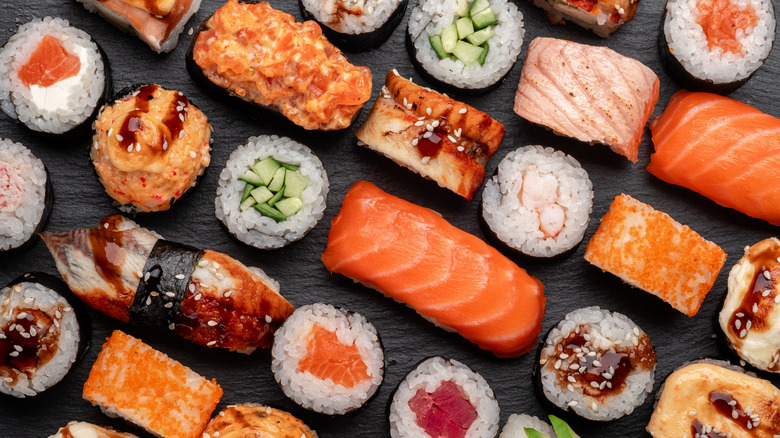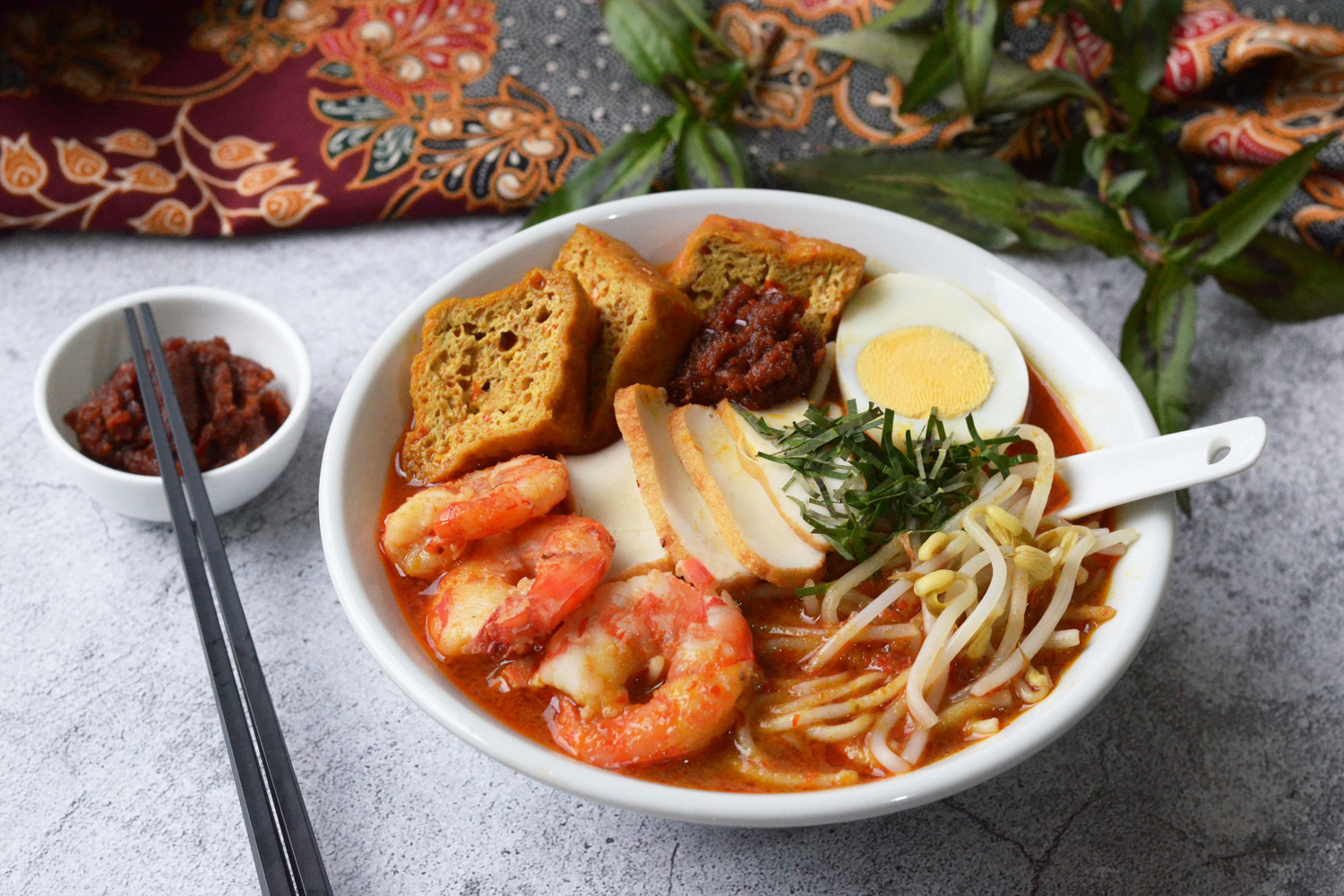Pokomde.info – The History of Sushi: From Ancient Preservation to Global Cuisine
Sushi, a dish synonymous with Japanese cuisine, is renowned for its fresh ingredients, vinegared rice, and artistic presentation. Its evolution from a simple preservation technique to a global delicacy highlights Japan’s culinary innovation and cultural heritage. Here, we explore the rich history of sushi and its journey from ancient origins to worldwide popularity.
The Early Origins of Sushi
Sushi’s history dates back over 2,000 years to Southeast Asia, where it began as a method of preserving fish. This early version, known as narezushi, involved salting fish and fermenting it in rice to extend its shelf life. The fish was eaten, but the rice was discarded after the fermentation process.
The method spread from Southeast Asia to China, and by the 8th century, it reached Japan. The Japanese embraced this technique but gradually made significant changes. By the 9th century, they began consuming both the rice and the fish together, marking the first evolution in sushi’s history.
The Evolution in Japan: From Fermentation to Freshness
During Japan’s Edo period (1603–1868), sushi underwent its most notable transformation. As Japan’s cities grew, sushi evolved into a quick and convenient meal. Instead of fermenting fish for long periods, the Japanese began using vinegared rice, which provided a similar tangy flavor but allowed the dish to be eaten immediately. This innovation led to the development of hayazushi, or “fast sushi,” which became a popular food in urban areas like Edo (now Tokyo).
In the early 19th century, a chef named Hanaya Yohei introduced what is now the most recognizable form of sushi: nigiri sushi. Rather than fermenting fish, he served fresh, raw slices atop small portions of vinegared rice, creating a portable, bite-sized meal. Known as Edomae-zushi—named after Edo Bay, where the fish was sourced—this style of sushi became an instant hit in the bustling city of Edo.
Sushi in the Modern Era
By the early 20th century, sushi remained a popular street food, especially in Tokyo. However, following the Great Kanto Earthquake in 1923, many sushi chefs left Tokyo, spreading the Edomae style throughout Japan.
In the 1950s, with advancements in refrigeration technology, sushi became more accessible. Fresh fish could now be safely stored and served without the need for fermentation. As a result, sushi restaurants started to flourish. Around the same time, conveyor belt sushi (or kaiten-zushi) was invented by Yoshiaki Shiraishi, revolutionizing the way sushi was served. This new concept allowed customers to select plates of sushi from a rotating conveyor belt, making sushi more affordable and accessible to the public.
The Global Expansion of Sushi
Sushi began its global journey in the mid-20th century, particularly in the United States. It gained popularity in cities like Los Angeles and New York in the 1960s and 1970s. The introduction of the California Roll, a sushi roll that used familiar ingredients such as avocado and imitation crab, made sushi more approachable for Western palates, especially those unfamiliar with raw fish.
The California Roll played a crucial role in sushi’s acceptance outside Japan, and soon, sushi restaurants began to open across North America, Europe, and beyond. By the 1980s and 1990s, sushi had cemented its place as a global culinary phenomenon.
Sushi in the 21st Century
Today, sushi is enjoyed in a wide variety of forms around the world. Traditional nigiri and sashimi remain popular, but modern variations—such as sushi rolls with diverse ingredients or fusion styles—have also emerged. In addition, conveyor belt sushi and takeout sushi have made this once high-end dish accessible to a wider audience.
In Japan, sushi continues to be regarded as a fine art, with skilled chefs, known as itamae, dedicating years to mastering the techniques of sushi preparation. High-end sushi restaurants, such as Sukiyabashi Jiro in Tokyo, have even earned Michelin stars, reflecting the craftsmanship and attention to detail that define traditional sushi.
Conclusion
Sushi’s transformation from an ancient method of preserving fish to a global culinary treasure is a testament to Japan’s innovation and cultural influence. What began as a centuries-old preservation technique has evolved into a celebrated art form, enjoyed by people worldwide. Whether it’s a traditional piece of nigiri in Japan or a contemporary sushi roll in a Western city, the history of sushi reflects its enduring appeal and versatility.








